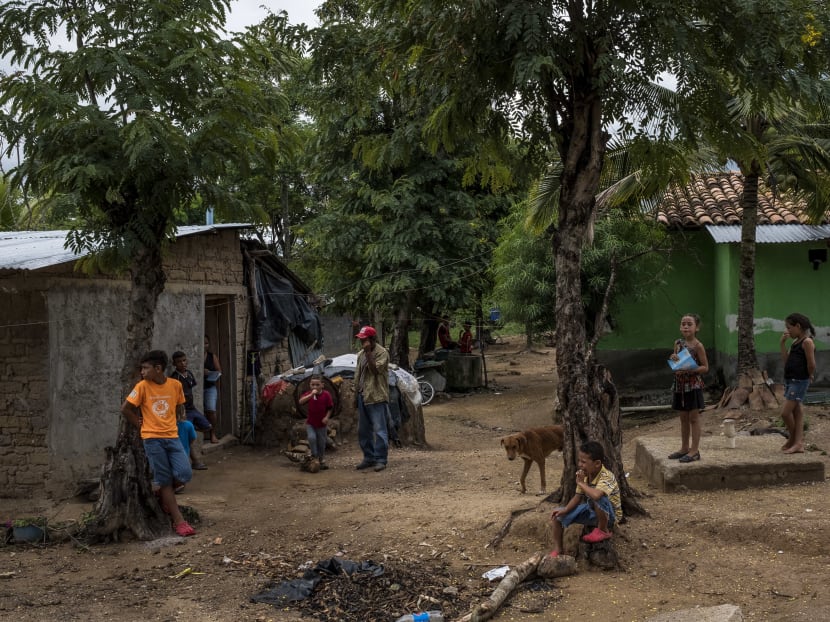Every year, the sky ‘rains fish’. Explanations vary.
YORO (Honduras) — Things don’t come easy in La Unin, a small community on the periphery of Yoro, a farming town in north-central Honduras.

La Unión, a small rural community in Yoro, Honduras, June 11, 2017. Residents here report an annual “rain fish,” when they say silver sardines supposedly fall from the sky after a heavy storm. It could be science, or a miracle. Photo: The New York Times
YORO (Honduras) — Things don’t come easy in La Unin, a small community on the periphery of Yoro, a farming town in north-central Honduras.
Poverty is universal, jobs are scarce, large families are crammed into mud-brick homes and meals often are constituted of little more than the subsistence crops residents grow — mainly corn and beans.
But every once in a while an amazing thing happens, something that makes the residents of La Unin feel pretty special.
The skies, they say, rain fish.
It happens every year during the late spring and early summer. And only under specific conditions: A torrential downpour, thunder and lightning, conditions so intense that nobody dares to go outside.
Once the storm clears, the villagers grab buckets and baskets and head down the road to a sunken pasture where the ground will be covered in hundreds of small, silver-colored fish.
For some, it is the only time of the year they will have a chance to eat seafood.
“It’s a miracle,” explained Mr Lucio Prez, 45, a farmer who has lived in the La Unin community for 17 years. “We see it as a blessing from God.”
The phenomenon has happened in and around the town for generations, residents say, from time to time shifting locations. It migrated to La Unin about a decade ago.
Some residents attribute the occurrence to the prayers of Manuel de Jess Subirana, a Catholic missionary from Spain who in the mid-1800s asked God to help ease the Yoro region’s hunger and poverty. Soon after he issued his plea, the legend goes, the fish rain began.
Subirana’s remains are buried in the city’s main Catholic church, on Yoro’s central square.
“The people loved him a lot,” said Mr Jos Rigoberto Urbina Velsquez, Yoro’s municipal manager.
Scientifically inclined residents posit that the fish may dwell in subterranean streams or caverns. These habitats overflow during big rainstorms, and the rising water flushes the fish to ground level. Once the rain stops and the flooding recedes, the fish are left stranded.
Another theory is that waterspouts suck the fish from nearby bodies of water * perhaps even the Atlantic Ocean, about 45 miles away — and deposit them in Yoro. (In that way, fish would indeed fall from the sky, but the hypothesis does not explain how the spouts score direct hits on the same patches of turf year after year.)
THE NEW YORK TIMES






